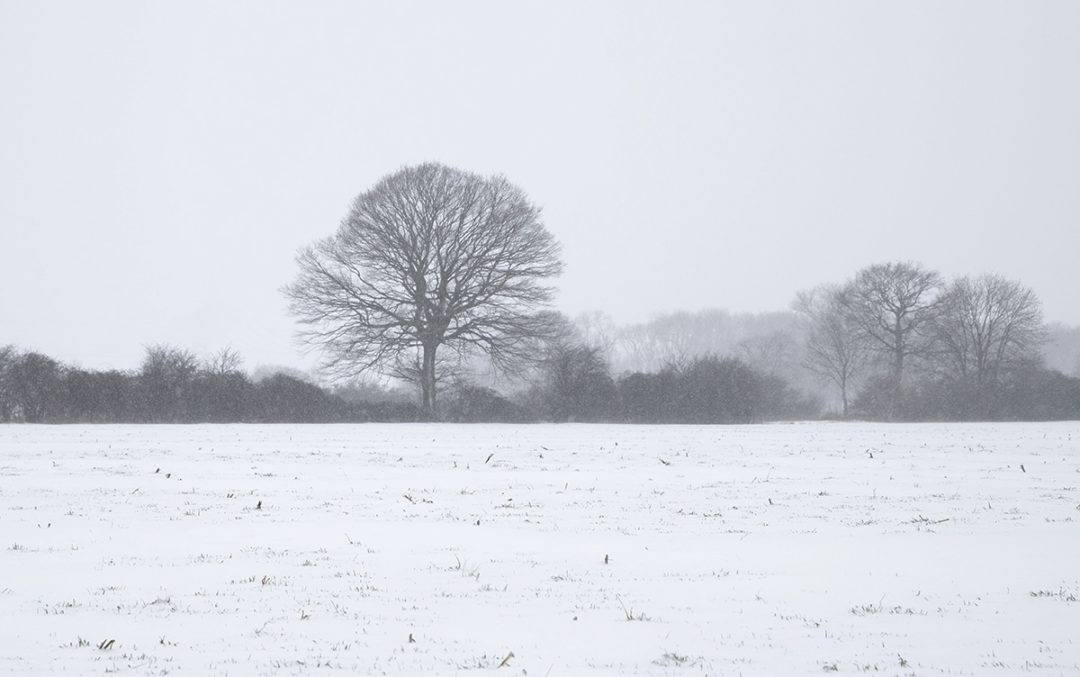Winter management for forage producers looks quite different from the rest of the year. Many might feel as if there must be something they can do to get a jump on next season. Fertilizer application is ill advised during winter months due to frozen ground and the risk of runoff. Use of heavy equipment for overseeding or perhaps removing an alfalfa stand is also not advisable during these months. If the ground is frozen, you won’t be successful. With any snow precipitation and muddy fields, you risk destroying established sod or causing issues with compaction. So should we just sit back and relax until spring?
No. Now is the time for strategic planning on your operation. While it may seem dull to be sitting inside poring over your operation’s data, it can be an exciting time. Through strategic planning, forage producers can find where their operation might have gaps and start on the path toward continuous improvement and, ultimately, greater profitability.
The first stage of strategic planning is to review the previous growing season. During this stage, any available data and observations should be collected and compiled. For hay producers, these data points can include fall soil analysis, in-season tissue reports, yield and forage quality. For producers grazing pastures, data can be in field observations such as available biomass, weeds present, animal production performance, as well as forage analysis. Along with compiling data, it is important to be able to understand the story behind the data. Fertilization protocols, grazing dates, harvest practices and weaning timing should also be reviewed.
Once you have the big picture of the previous year and outcome, the next stage of strategic planning is to identify areas for improvement. Based on your soil reports, will you need a plan for amending specific fields? Did forage reports lack the quality you had expected? Were weeds an issue in a specific pasture? Or perhaps it wasn’t weeds, but an overgrowth of legume forages that are causing a looming bloat risk. Did cows lose body condition on one specific pasture and show compensatory gain on another? Each operation’s opportunities for improvement will be different. At this stage, identify and prioritize areas for enhancement based on the data and observations compiled.
Now that areas for improvement have been determined, it is time to put pencil to paper and map out potential solutions. For each issue, there may be multiple options for improvement. For example, one producer I heard speak in Bonner’s Ferry, Idaho, presented an issue where clover had overtaken his pasture. He was concerned if the legume continued to engulf his once diverse field, he would encounter bloat issues with his livestock. To manage this issue, he grazed that pasture earlier in the season and then reseeded grasses to compete with the chewed-down clover. He also could have used an herbicide or opted to remove that pasture from grazing and use it for hay instead.
Remember, during this stage of planning, you don’t live in a vacuum. Reach out to forage production and management experts. Your local extension agent, livestock nutritionist or agronomist may have a unique solution to your problem.
The next step is to think about the economic and financial value of each solution for your prioritized areas for improvement. Determine the cost of each solution. Once you know the cost, do your best to estimate the return on investment for each solution. Will reseeding and controlling weeds in your pasture extend your grazing season or improve animal performance? Will amending that alfalfa stand improve forage quality and selling price?
Reviewing the numbers may surprise you and result in a different plan than expected. By comparing the cost and return on various areas for improvement, you may decide to reprioritize those areas. Now you can make your decisions and map out the plan for the next growing season.
Finally, when spring arrives and it’s time to put your plan into action, you can be confident you have thoroughly evaluated all your options. You can be sure you are making the best possible decisions for your operation to be profitable throughout the year.
In summary, here are the steps to take during winter months to manage your forage production:
- Review the previous growing season.
- Identify areas for improvement.
- Map out and explore all potential solutions for areas of improvement.
- Determine which solutions are financially possible.
- Set your plan for the upcoming growing season.
- Execute your plan.
While we all get anxious during the winter months and feel as if there must be something we can do out in our fields or pastures to prepare for the next growing season, preparing a good strategy for the upcoming growing season may just be the most proactive thing to do. As active forage producers, it is always important to consider the business management side of the operation as well as the production.












